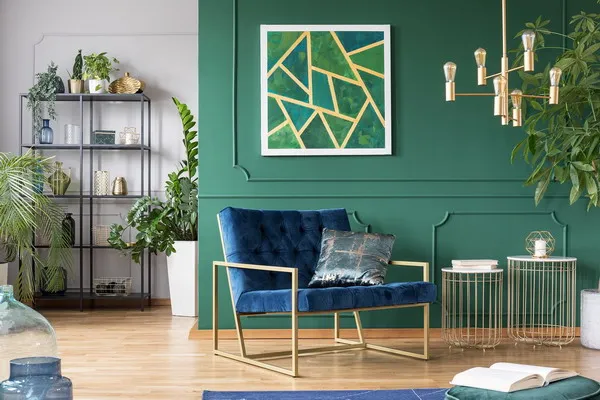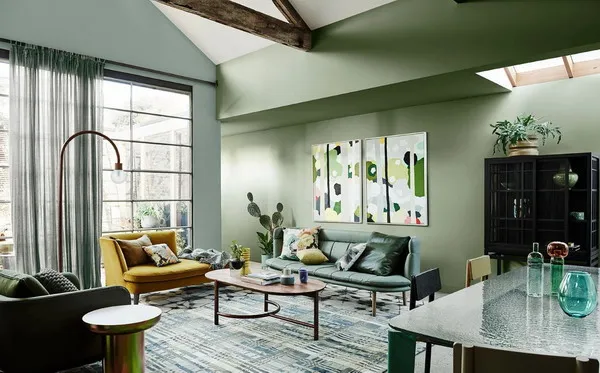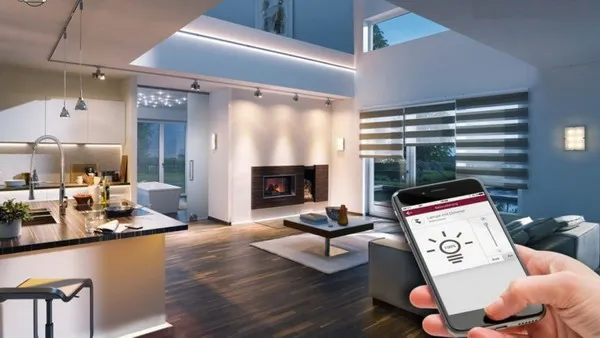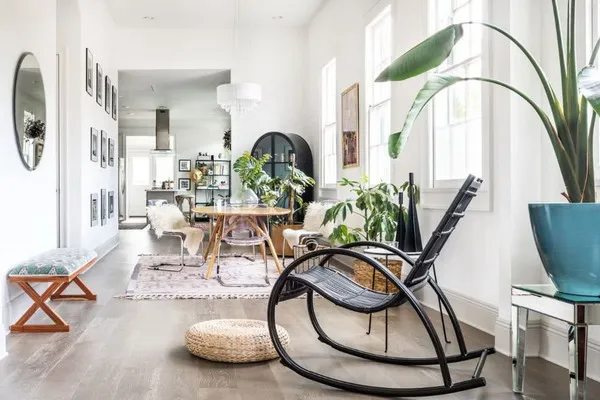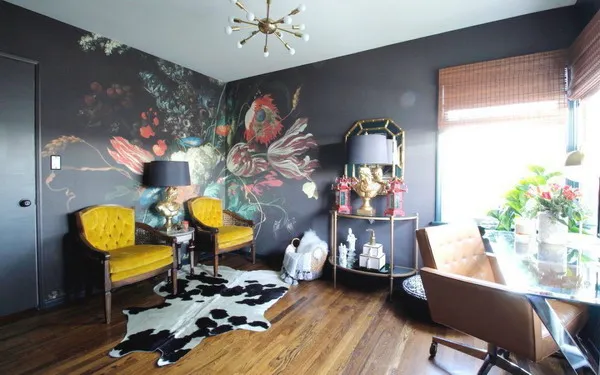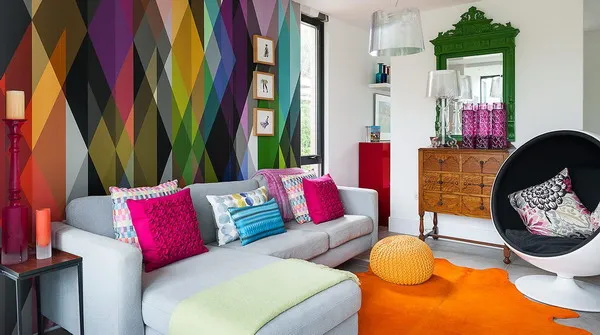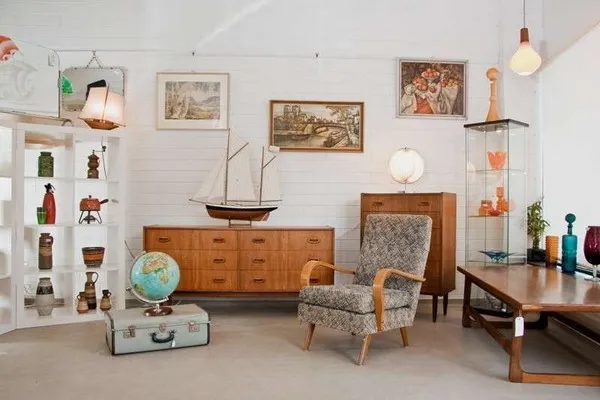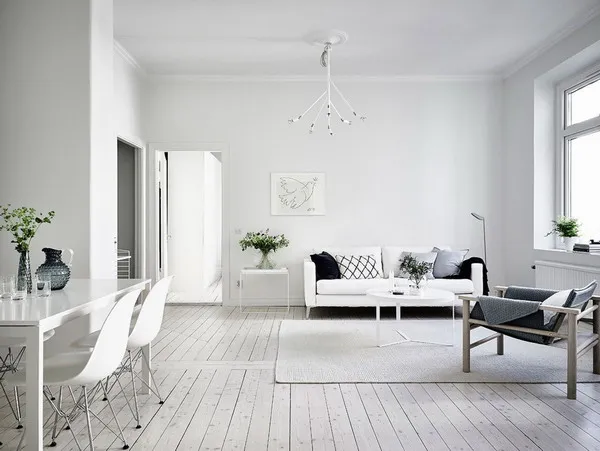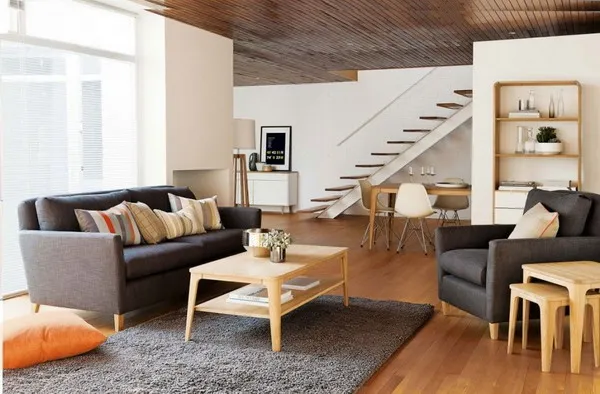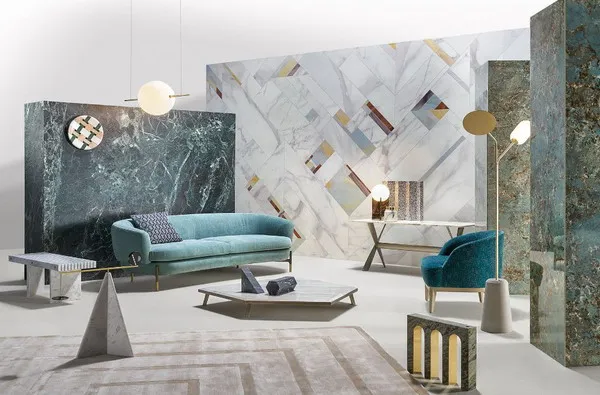Home decor trends offer a glimpse into the broader cultural, technological, and environmental shifts happening around us. Keeping up with these trends not only helps in maintaining a modern and stylish home but also reflects our personality and lifestyle choices.
In 2026, home decor trends emphasize sustainability, smart technology, and a blend of minimalism and maximalism. Staying updated with the latest trends is essential for creating a stylish and functional home. We will give you the key trends that will shape home decor in 2026, offering inspiration and ideas for transforming your living spaces.
Sustainability and Eco-Friendly Designs
Sustainability is at the forefront of home decor trends in 2026. As awareness about environmental issues grows, more people are opting for eco-friendly and sustainable decor options.
- Sustainable Materials: The use of recycled, reclaimed, and sustainably sourced materials is gaining popularity. Furniture made from reclaimed wood, recycled metal, and organic fabrics are in high demand. These materials not only reduce waste but also add a unique and natural touch to your home.
- Eco-Friendly Practices: Emphasis on reducing waste, using energy-efficient products, and supporting brands with eco-friendly practices is crucial. Look for products that are Energy Star rated, made from biodegradable materials, or come from companies committed to sustainability.
- Tips for Incorporating Sustainability: Choose furniture made from sustainable wood, opt for organic textiles, and incorporate plants to improve indoor air quality. Consider upcycling old furniture and using eco-friendly paints and finishes.
Multifunctional Spaces and Furniture
With the rise of smaller living spaces and the need for versatility, multifunctional furniture is a key trend in 2026.
- Versatile Furniture: Furniture pieces that serve multiple purposes are essential for modern homes. Examples include sofa beds, fold-out desks, and modular shelving units. These pieces maximize space and offer flexibility in how rooms are used.
- Adaptable Spaces: Creating rooms that serve multiple purposes, such as home offices that double as guest rooms, is becoming more common. Use room dividers, sliding doors, or multifunctional furniture to create adaptable spaces.
- Tips for Multifunctional Spaces: Look for furniture with hidden storage, use room dividers to create separate areas, and invest in pieces that can be easily reconfigured. Modular furniture that can be rearranged to suit different needs is particularly useful.
Smart Home Integration
The integration of smart home technology with decor is a growing trend, making our lives more convenient and our homes more efficient.
- Smart Devices: Smart lighting, thermostats, and voice-controlled assistants are becoming essential elements of home decor. These devices not only enhance functionality but also blend seamlessly with modern decor.
- Enhanced Decor: Devices like smart mirrors, speakers, and home security systems are designed to complement home decor. Choose smart devices with sleek designs that add to the aesthetic appeal of your home.
- Tips for Incorporating Technology: Choose smart devices with sleek designs, integrate technology into furniture, and ensure all devices are user-friendly. Consider smart home systems that can be controlled via a single app for ease of use.
Biophilic Design
Biophilic design, which emphasizes the connection between humans and nature, continues to be a significant trend in 2026.
- Natural Elements: Incorporating plants, natural light, and water features into home decor creates a calming and refreshing environment. These elements have been shown to improve well-being, reduce stress, and increase productivity.
- Benefits of Biophilic Design: Homes designed with natural elements promote a sense of well-being and connection to nature. Large windows, indoor gardens, and natural materials like wood and stone are common features.
- Tips for Biophilic Design: Use large windows to maximize natural light, add indoor plants, and incorporate natural materials like wood and stone. Consider creating a small indoor garden or using natural textures in your decor.
Maximalism
After years of minimalism, maximalism is making a comeback. This trend is all about bold colors, eclectic patterns, and a mix of textures.
- Bold and Abundant: Maximalism encourages the use of vibrant colors, eclectic patterns, and a mix of textures. This trend is about expressing personality and creating visually stimulating spaces.
- Personal Expression: Showcasing personal collections and unique decor items is a key aspect of maximalism. This trend allows for a mix of old and new, creating a curated and layered look.
- Tips for Achieving Maximalism: Layer different patterns and colors, mix vintage and modern pieces, and avoid clutter by keeping the space organized. Balance is key to preventing the space from feeling overwhelming.
Bold Colors and Patterns
Bold colors and patterns are making a statement in 2026, moving away from the subdued tones of minimalism.
- Trending Colors: Bright hues like teal, mustard, and fuchsia are popular. These colors add energy and vibrancy to any space.
- Popular Patterns: Geometric shapes, floral prints, and abstract designs are trending. These patterns add visual interest and can be used in various elements like wallpapers, cushions, and rugs.
- Tips for Using Bold Colors and Patterns: Balance bold colors with neutral backgrounds, use patterns in moderation, and experiment with accent walls and statement pieces. Combining different patterns and colors can create a dynamic and lively space.
Vintage and Retro Influences
Vintage and retro styles are seeing a resurgence, bringing a sense of nostalgia and charm to home decor.
- Resurgence of Styles: Mid-century modern, art deco, and 70s-inspired decor are making a comeback. These styles are characterized by clean lines, bold colors, and unique designs.
- Vintage Furniture: Investing in quality vintage pieces or modern reproductions is a great way to add character to your home. Vintage furniture often features unique craftsmanship and timeless design.
- Tips for Blending Vintage and Modern: Blend vintage items with contemporary decor, focus on quality over quantity, and add vintage-inspired accessories. Mixing different styles creates a balanced and eclectic look.
Minimalism with a Twist
Minimalism is evolving to include more personality and warmth, moving away from stark and cold interiors.
- Evolving Minimalism: Modern minimalism incorporates warmth and personality through the use of textures, colors, and personal items. This trend focuses on creating a cozy and inviting space while maintaining simplicity.
- Key Elements of Modern Minimalism: Clean lines, functional design, and a focus on quality materials remain central. However, there is a greater emphasis on adding personal touches and warmth.
- Tips for Modern Minimalism: Use a neutral color palette with pops of color, add personal touches through art and decor, and prioritize functionality. Choose furniture and decor that are both stylish and practical.
Global and Cultural Influences
Global and cultural elements are increasingly being incorporated into home decor, reflecting a more interconnected world.
- Cultural Decor: Incorporating elements from various cultures, such as Japanese zen, Moroccan tiles, and Scandinavian hygge, adds richness and diversity to home decor.
- Examples of Cultural Decor: Handmade textiles, artisanal pottery, and globally inspired patterns are popular. These items bring a unique and personal touch to your home.
- Tips for Blending Cultural Elements: Mix cultural elements subtly, avoid cultural appropriation, and support local artisans and fair-trade products. Blending different cultural influences creates a rich and layered decor.
Textured Surfaces and Materials
Textures add depth and interest to home decor, and 2026 is all about experimenting with different materials.
- Trending Textures: Rattan, velvet, and raw concrete are among the materials gaining popularity. These textures add a tactile element to your decor.
- Examples of Textured Decor: Textured wall finishes, plush rugs, and tactile fabrics create a rich and inviting space. Use these materials in various elements like furniture, decor items, and textiles.
- Tips for Layering Textures: Layer different textures for depth, use textured accessories to add interest, and combine smooth and rough surfaces. Mixing different textures creates a dynamic and engaging space.
Conclusion
The home decor trends for 2026 offer a perfect blend of style, functionality, and sustainability. Whether you’re looking to refresh your living space or embark on a complete home makeover, these trends provide ample inspiration. Embrace the new trends, but remember to add personal touches that reflect your unique style and personality. Start with small changes and gradually incorporate more elements to create a home that is both trendy and comfortable. Enjoy the process of transforming your living space into a stylish and functional retreat. Happy decorating!

